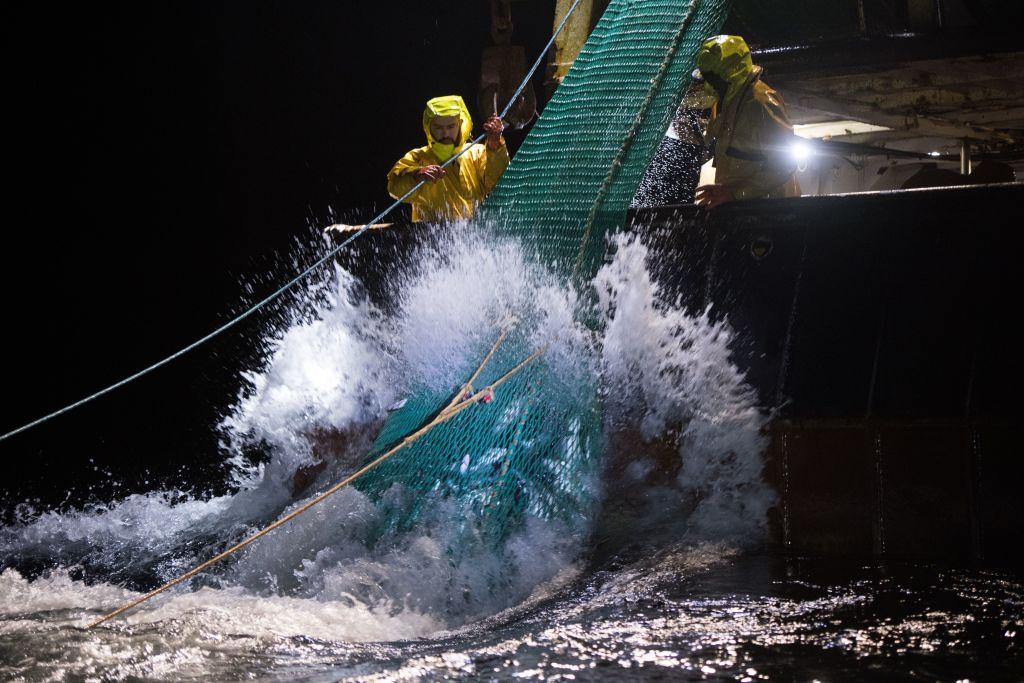On July 1, Fisheries Queensland cut the amount of Spanish mackerel allowed to be caught.
For professional anglers, the amount dipped by approximately two-thirds from 578 tonnes to 165 tonnes.

For professional anglers, the amount dipped by approximately two-thirds from 578 tonnes to 165 tonnes.